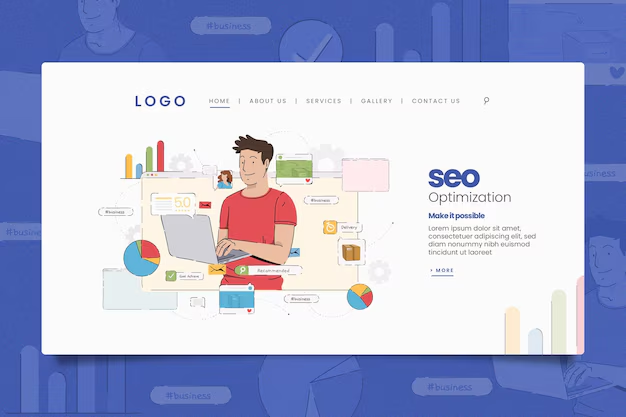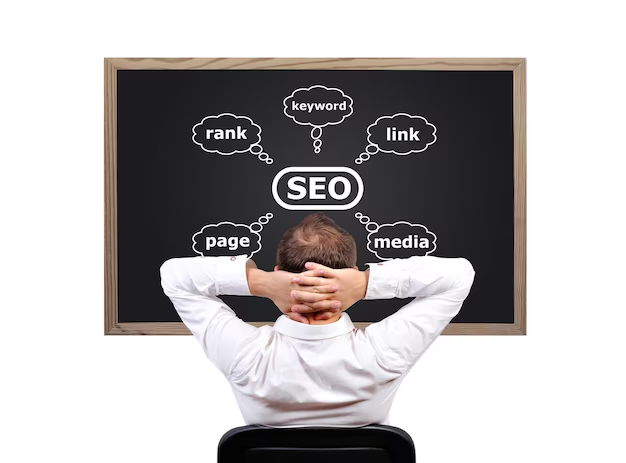With Google’s focus on user experience, optimizing your WordPress theme for Core Web Vitals has become crucial for better search engine rankings. Core Web Vitals are a set of performance metrics that Google uses to measure user experience on your website, particularly focusing on loading speed, interactivity, and visual stability. In this guide, we’ll explore the steps to optimize your theme to ensure it meets Google’s Core Web Vitals criteria and offers a great user experience.
What Are Google’s Core Web Vitals?
Before diving into optimization, it’s essential to understand the three key metrics of Core Web Vitals:
- Largest Contentful Paint (LCP): Measures the loading speed of the largest content element (such as images or text blocks) on your page. A good LCP score is 2.5 seconds or faster.
- First Input Delay (FID): Measures the time it takes for a page to become interactive. A good FID score is less than 100 milliseconds.
- Cumulative Layout Shift (CLS): Measures the visual stability of a page by tracking unexpected layout shifts. A good CLS score is less than 0.1.
1. Optimize Images for Faster Loading Times
Images often contribute to slow loading times, affecting your LCP score. Follow these steps to optimize images:
- Use WebP Format: Convert your images to WebP, a modern format that reduces file size without compromising quality.
- Lazy Loading: Implement lazy loading for images, so they only load when they come into the user’s viewport. This helps speed up initial loading times.
- Compress Images: Use plugins like Smush or EWWW Image Optimizer to compress images before uploading them.
2. Minimize JavaScript to Improve FID
JavaScript files can delay interactivity on your site, which negatively impacts your FID score. To minimize JavaScript:
- Defer JavaScript: Defer non-essential JavaScript files so they load after the initial content.
- Use a Plugin: Use plugins like Autoptimize to minify and combine JavaScript files, reducing load time.
- Async JavaScript: Use the “async” attribute in your script tags to load JavaScript files asynchronously, improving page responsiveness.
3. Optimize CSS for Better LCP and CLS
CSS files control the styling of your WordPress theme, but they can also contribute to slower loading times if not optimized:
- Minify CSS: Minify your CSS files using plugins like WP Super Cache or LiteSpeed Cache.
- Inline Critical CSS: Inline the critical CSS required for above-the-fold content. This allows the page to render faster while loading other CSS files in the background.
- Avoid Using Excessive CSS Libraries: Use lightweight CSS frameworks like Tailwind CSS instead of heavy libraries like Bootstrap when possible.
4. Leverage Browser Caching
Browser caching allows you to store frequently accessed files like CSS, JavaScript, and images in a user’s browser, reducing loading times on repeat visits:
- Set Cache-Control Headers: Define cache lifetimes for static files using the
.htaccessfile or plugins like W3 Total Cache. - Use a CDN: A Content Delivery Network (CDN) like Cloudflare can serve static files from servers closer to the user, reducing load times.
5. Reduce Server Response Time
Server response time impacts your website’s overall performance and can affect your LCP score:
- Choose a High-Performance Hosting Provider: Opt for managed WordPress hosting with fast servers and low latency.
- Use Caching Plugins: Plugins like WP Rocket can optimize your website’s caching, reducing server load and improving response time.
6. Preload Key Resources
Preloading critical resources can help improve LCP by instructing the browser to load key files like fonts, images, and CSS as soon as possible:
- Font Preloading: Use the
<link rel="preload" href="path/to/font.woff2" as="font" type="font/woff2" crossorigin>tag to preload custom fonts. - Preload CSS and JavaScript: Preload important CSS files and JavaScript scripts that are required for above-the-fold content.
7. Monitor and Test Core Web Vitals
Regular monitoring helps you identify areas of improvement for your website’s performance:
- Use Google PageSpeed Insights: Analyze your website’s performance using PageSpeed Insights to get detailed recommendations.
- Core Web Vitals Report in Google Search Console: Use the Core Web Vitals report in Google Search Console to monitor the performance of all your website’s pages.
- Use Lighthouse: Use the Lighthouse audit tool available in Chrome’s DevTools to get real-time performance scores.
Conclusion: Optimize Your WordPress Theme for a Better User Experience
Optimizing your WordPress theme for Google’s Core Web Vitals is crucial for both user experience and search engine rankings in 2024. By focusing on image optimization, minifying CSS and JavaScript, and leveraging browser caching, you can ensure that your website loads quickly, interacts smoothly, and provides a stable visual experience. Implementing these strategies will not only boost your Core Web Vitals scores but also enhance the overall performance and user satisfaction of your website.
By following these optimization tips, you can give your WordPress theme a competitive edge, attract more organic traffic, and ensure that your website thrives in the digital landscape.

.avif)


